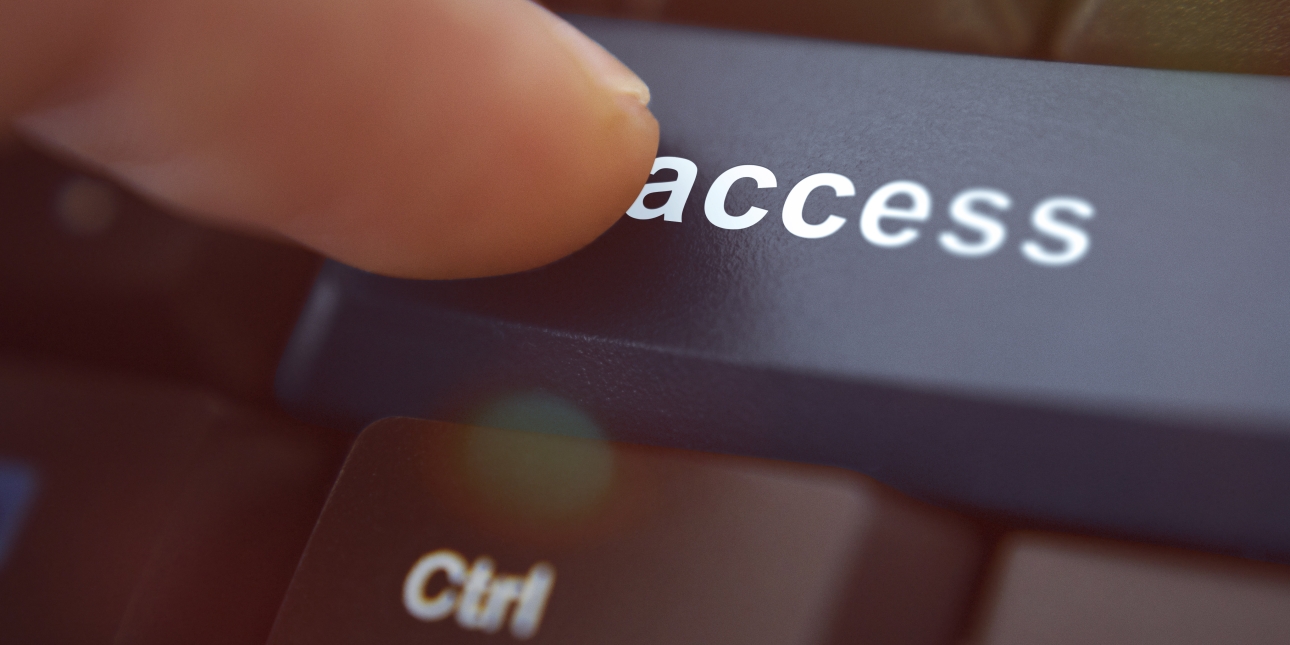PUBLIC RELATIONS
Thursday 19th May 2022
Message not supported: How communicators can make media accessible for all
Imagine spending weeks working on an incredible idea or message to share with your target audience but then having it not supported for most of that audience because you did not use the right format for all of them.
As communicators we always try to reach everyone especially when we have such a good idea to communicate. However, very often you might see a message which looks incredible but unfortunately is missing some key features to be accessible to everybody.
In recent years, there's been a lot of talk about the importance of accessible media and why we need to have it.
Personally, I've invested a lot in creating accessible media, not just because I'm studying public relations, but also because I'm visually impaired and have found myself frequently dealing with inaccessible content.
What is accessible media?
Media accessibility refers to the design of digital, web and broadcast content to be used by those with special needs.
Making media accessible isn't just about inclusion and equity, it's also about connecting with people who are part of our community and the target audience we are trying to reach as communicators.
Accessibility is a vital component of creating media and it's our duty to make sure everybody is able to understand and access the media we are sharing, especially in the digital world.
How to make accessible media
Here are some tips and thoughts to help you with media accessibility:
Use alt text
We all know that "an image is worth a thousand words" but what happens when your audience cannot see that image?
Alt text is a feature that you can add to both your website or social media posts that functions as a description of the image you are sharing. This description is only visible to screen readers or text to speech tools similar to those you would find on laptops and smartphones. Alt text ensures that the images you are sharing make sense to your blind and visually impaired audiences who cannot see the image.
Use accessible fonts
While we all enjoy using decorative fonts it's essential to keep in mind that not everyone is able to read them.
The most accessible fonts are Tahoma, Calibri, Helvetica, Arial, Verdana, and Times New Roman.
Slab serif fonts include Arvo, Museo Slab, and Rockwell. However, these Slab Serif font types are mostly used in headings rather than the body text.
It’s always best to avoid using too many typographies and fonts in your content.
Use the right colours
Did you know that 1 in 12 men and 1 in 200 women are colour blind?
That's why it's very important to think about the colours you are using and to avoid certain combinations.
Using high contrast in your content is vital to making it accessible. Try to avoid using bright text on bright colours or dark text on dark colours. And, Avoid the following colour combinations where possible:
green/red
green/brown
blue/purple
green/blue
light green/yellow
blue/grey
green/grey
green/black
Use the right text sizes and alignment
There are a lot of ways that you can make your text accessible:
- Text size minimum of 12px.
- Less text in design and more in body.
- Use left text alignment for English and other languages that use left to right alignment.
- Double space between paragraphs.
- Avoid uppercases with text (except in titles).
Make your hashtags more accessible
To make your hashtags accessible use uppercase when you have a two-words or more in the hashtag, example #MakingMediaAccessible.
Or use underscores to separate the words #Making_media_accessible.
The capitalisation or underscores tell screen readers that the hashtag is more than one word.
Use closed captions (CC)
Using closed captions or transcripts is not just to support people with hearing problems, but it's also because some people might have language barriers and are unable to understand the audio clearly, or some who watch videos with no audio.
Remember that all the previously mentioned accessibility tips must also be used for captions i.e. using the appropriate text size with high contrast colours etc.
Audio description for videos
I mentioned alt text earlier but, it's worth mentioning that some videos have only text or CC but not audio explaining the captions or the video. Therefore, it's advisable to either add audio description or alt text and/or a description underneath the video explaining what's going on for those who are blind or visually impaired.
Check your website's accessibility score
There are many websites and software packages available that are specifically designed to check the accessibility levels of other websites. All you have to do is visit one of those websites, copy your own website or blog's link and check whether or not you are missing some accessibility features.
Resources:
Here are some resources providing advice on accessibility
Siteimprove - The Web Content Accessibility Guidelines (WCAG) checker
W3 Web Accessibility Initiative - Introduction to Web Accessibility Fundamentals
W3 Web Accessibility Initiative - Content Structure:
Convert Case - Text Generator Tool
Other helpful resources are available on the CIPR Accessible Communications webpage.
Joelle Awad is Communications Coordinator at A Leader Like Me.
Image by Bilgehan Tuzcu on iStock
